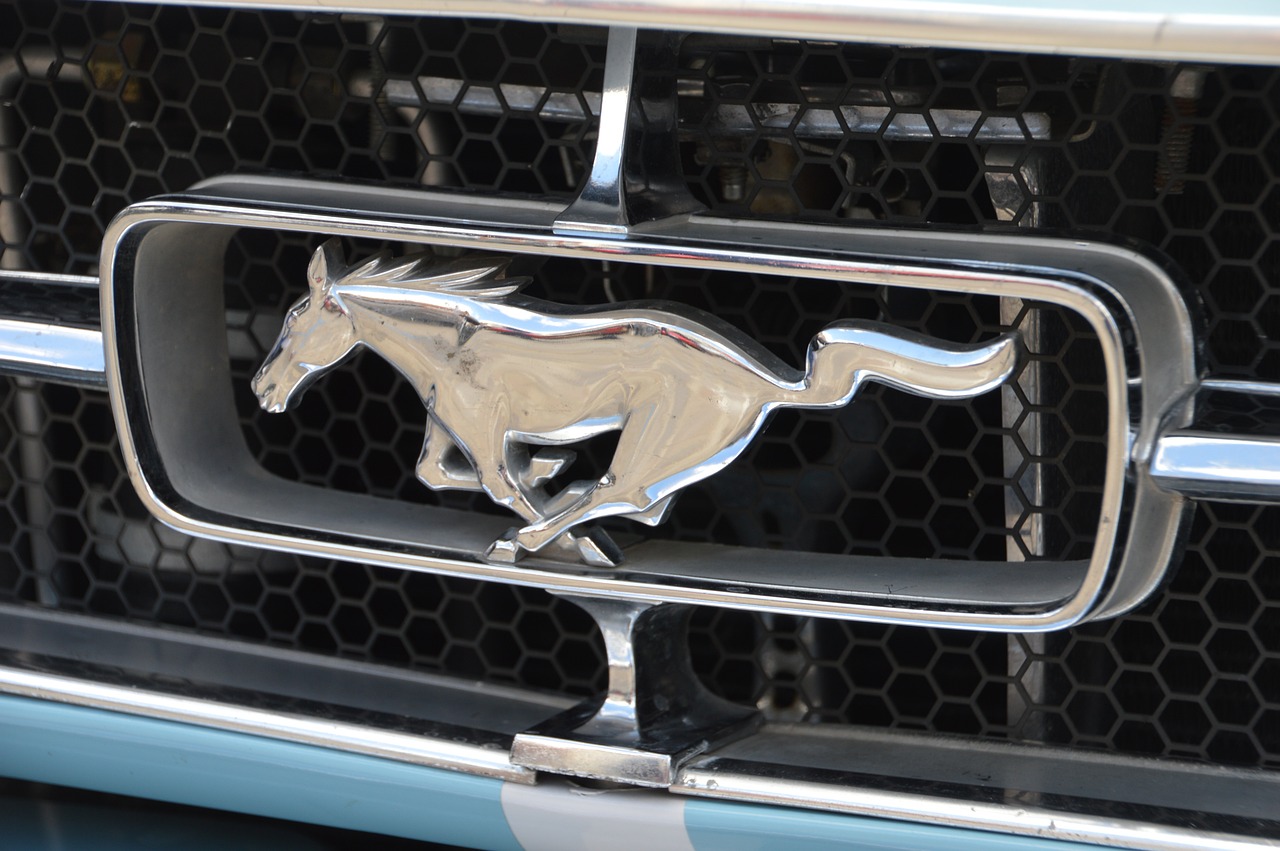The Evolution of Automotive Aerodynamics: From Design to Performance
Aerodynamics in automotive design is a crucial aspect that greatly influences a vehicle’s performance and efficiency. By analyzing the airflow around a car, engineers can make design modifications to reduce drag and improve overall aerodynamic efficiency. Factors such as the vehicle’s shape, surface area, and curvature all play a significant role in determining its aerodynamic profile.
When a vehicle moves through the air, it encounters resistance in the form of drag. By carefully shaping the body of a car, designers can minimize this drag, allowing the vehicle to move more smoothly through the air. This not only improves fuel efficiency but also enhances stability and handling at high speeds. In today’s competitive automotive market, aerodynamics continue to be a key focus for manufacturers looking to create vehicles that are not only stylish but also perform efficiently on the road.
The Role of Wind Tunnels in Developing Car Designs
Wind tunnels play a crucial role in the development of car designs. These test facilities allow engineers to simulate real-world driving conditions and analyze the aerodynamic performance of vehicles. By subjecting prototypes to varying wind speeds and angles, designers can fine-tune the shape and contours of the car to minimize drag and improve overall efficiency.
In addition to evaluating the aerodynamic properties of a car, wind tunnels also help in measuring other factors such as lift, downforce, and cooling airflow. This data is essential for optimizing the handling and stability of a vehicle, especially at high speeds. Furthermore, wind tunnel tests provide valuable insights that guide designers in making informed decisions to enhance the performance and fuel efficiency of cars.
The Impact of Shape and Curvature on Aerodynamic Efficiency
When it comes to designing cars with optimal aerodynamic performance, the shape and curvature of the vehicle play a critical role. The sleeker and more streamlined the shape, the less resistance the car will face when moving through the air. Curvature also influences how air flows over the surface of the vehicle, affecting drag and lift forces that impact its efficiency.
In automotive design, designers carefully consider factors such as the angle of the windshield, the contour of the hood, and the slope of the roofline to minimize drag and maximize aerodynamic efficiency. Even small details, like the shape of side mirrors or the design of the rear spoiler, can have a significant impact on the overall aerodynamics of a car. By focusing on shape and curvature in the design process, manufacturers can improve fuel efficiency, reduce emissions, and enhance the overall performance of the vehicle.
How does shape impact aerodynamic efficiency?
The shape of a vehicle plays a crucial role in its aerodynamic efficiency. Smooth, streamlined shapes help reduce drag, while sharp edges and protrusions can increase drag.
Why is aerodynamic efficiency important in automotive design?
Aerodynamic efficiency directly affects fuel efficiency and performance. Vehicles with better aerodynamics require less energy to overcome air resistance, leading to improved fuel economy and faster speeds.
What role do wind tunnels play in developing car designs?
Wind tunnels allow engineers to test the aerodynamic performance of vehicle designs in controlled conditions. By measuring airflow around a scale model, designers can optimize the shape and curvature for maximum efficiency.
How does curvature impact aerodynamics?
Curvature affects the flow of air around a vehicle. Smooth, gradual transitions between surfaces help streamline airflow, while abrupt changes in curvature can cause turbulence and increase drag.
Can aerodynamic improvements impact the design of a car?
Yes, aerodynamic considerations can influence the overall design of a vehicle. Designers may need to make trade-offs between aesthetic appeal and aerodynamic efficiency to achieve the desired balance of performance and looks.







